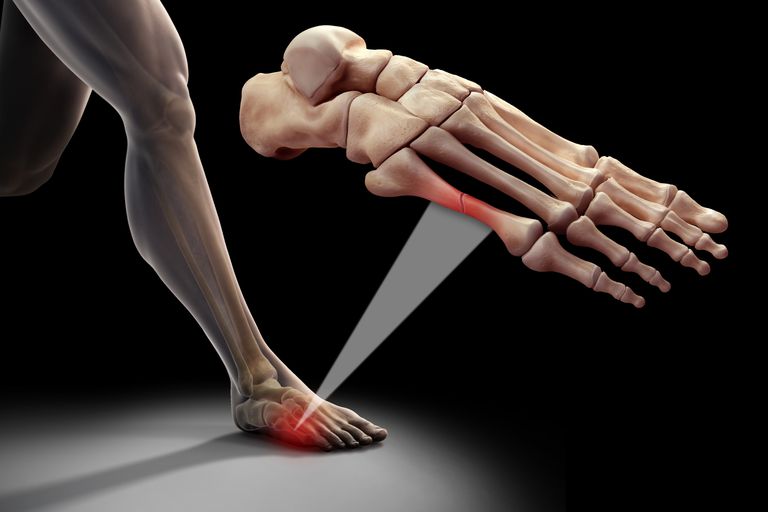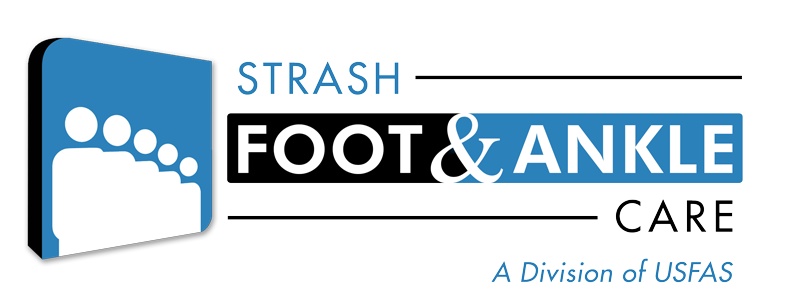
16 Oct My foot hurts! Did I break it?
Did you know there are 26 bones in your foot? That’s a lot of bones – mostly small, but all working very hard to make sure you can withstand walking, running – even standing. Each is necessary, and unfortunately, each can be broken.
As a foot and ankle surgeon for more than 25 years, I think it’s safe to say I’ve seen almost every bone in the foot, fractured, and seen almost every possible way for the fracture to occur. From the accidental slip and fall to water skiing to sports injuries to simply waking in the middle of the night for a bathroom break and running into a piece of furniture – the number of ways to break a foot bone are endless.
And just like the number of ways to break a foot bone are endless, there are many different types of fractures, too. Sometimes a bone breaks, but stays in place. Other times, the bone breaks into two pieces. Sometimes, the bone is broken in multiple places, and sometimes, the bone will even pierce through the skin after the break (double ouch!).
So, how do you know you have a fracture? Well, if your bone pierces through your skin, that’s definitely an indicator! But, for the most part, foot fractures can be tricky – often times my patients don’t even know a fracture has occurred until the pain becomes unbearable.
If you’re not sure you’ve broken a bone, I recommend monitoring where it hurts for a couple of days. Check for bruising, redness and/or tenderness. If it hurts when you walk, pay attention to your body. It may not be broken, but may need rest. But if it continues to cause you discomfort after a couple of days, make an appointment with a foot and ankle doctor. It’s better to be safe than sorry – I’ve seen many patients that ended up much worse because they waited to see me. Don’t do that.
When a patient comes to see me, I’ll assess and usually take x-rays. X-rays are a great way to see if you have a fracture, although some smaller fractures may require CT or MRI scans (I told you they were tricky!). And while not all fractures require surgery, if it’s determined that it is needed, the bone will be restored to its correct position to not only restore functionality, but also reduce potential future issues like chronic pain, loss of motion and arthritis.
So, what should you expect after surgery? Usually, your foot is placed in a cast, splint, boot or post-operative shoe. I tell my patients to keep their foot elevated as much as possible to avoid pain and swelling. In most cases, I’ll also instruct you to stay off your foot completely anywhere from two weeks to three months or more (depending on the break and surgery).
A few weeks after surgery, I’ll see you again to check your progress and remove stitches, if necessary. I may give you some range-of-motion exercises, and again, depending on the scope of surgery, may refer you to a physical therapist. After the initial follow-up, I’ll continue to see you every few weeks to monitor progress and determine next steps.
Our feet do incredible feats, don’t they? They literally bear the weight of our world! And with 26 bones in each foot, the potential for fracturing one isn’t exactly out of the question. So, if you suspect you’ve broken a bone, pay attention and listen to your body. It’s silly to live in pain when you don’t have to! If the pain persists more than a few days, give me a call. It’s always my number one priority to helping you place your best foot forward, again.

